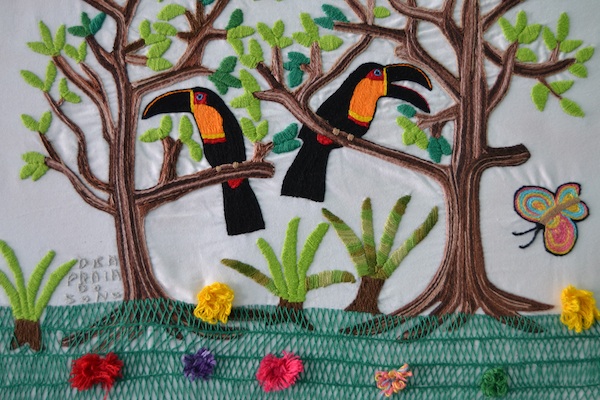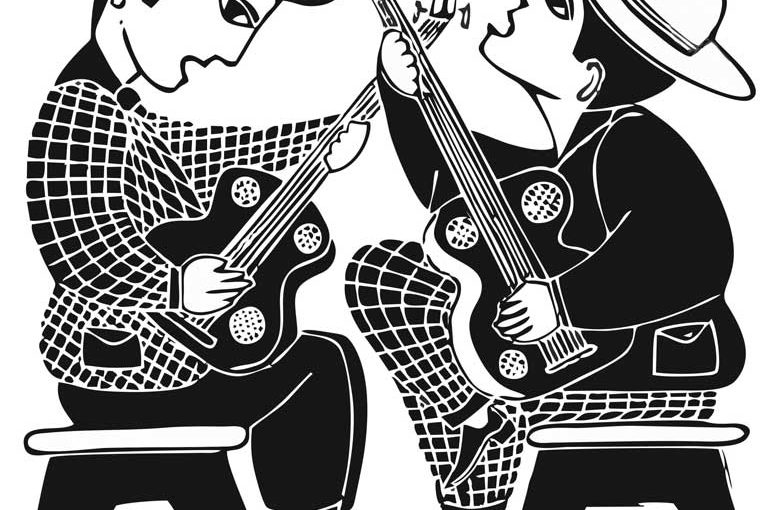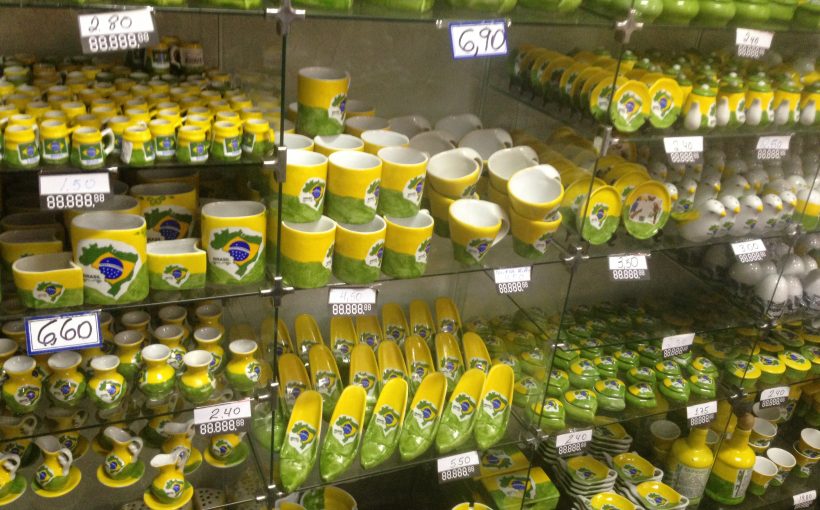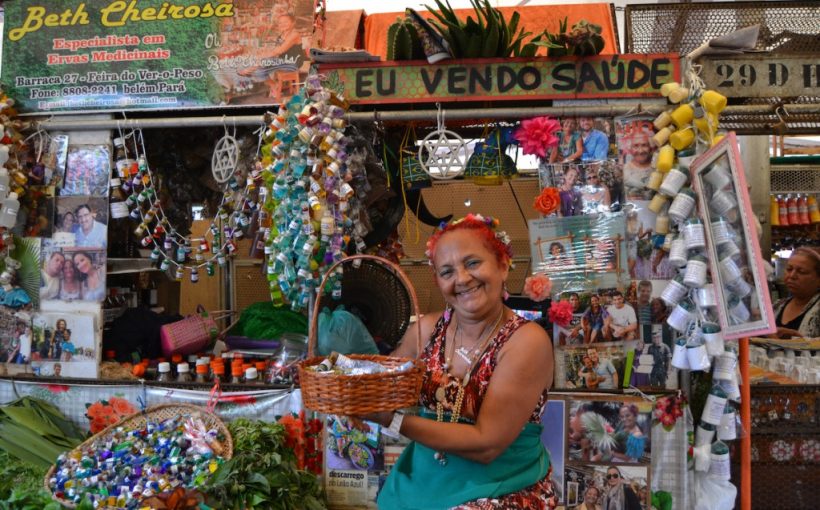An hour’s walk through the jungle from the small Rio de Janeiro coastal town of Paraty, an amazingly beautiful and peaceful beach only shared with a few locals and surfers can be found. Far from everything and close to paradise, the Praia do Sono (Sleep Beach, in Portuguese) is home to less than 70 families, including many women who are now working to establish a tradition in embroidery. Supported by Sebrae, the Brazilian service of support for small enterprises, the group “Bordadeiras da Praia do Sono” (“The Embroiderers from Sleep Beach”, in a literal Portuguese translation) made their first foray into embroidery in 2007 with the intention of supplementing the income of their partners, mainly fishermen or builders working in the region. Since then, the embroidery work from this tiny village is now gaining popularity across Brazil for its rustic and original themes, which represent the everyday lives of coastal







